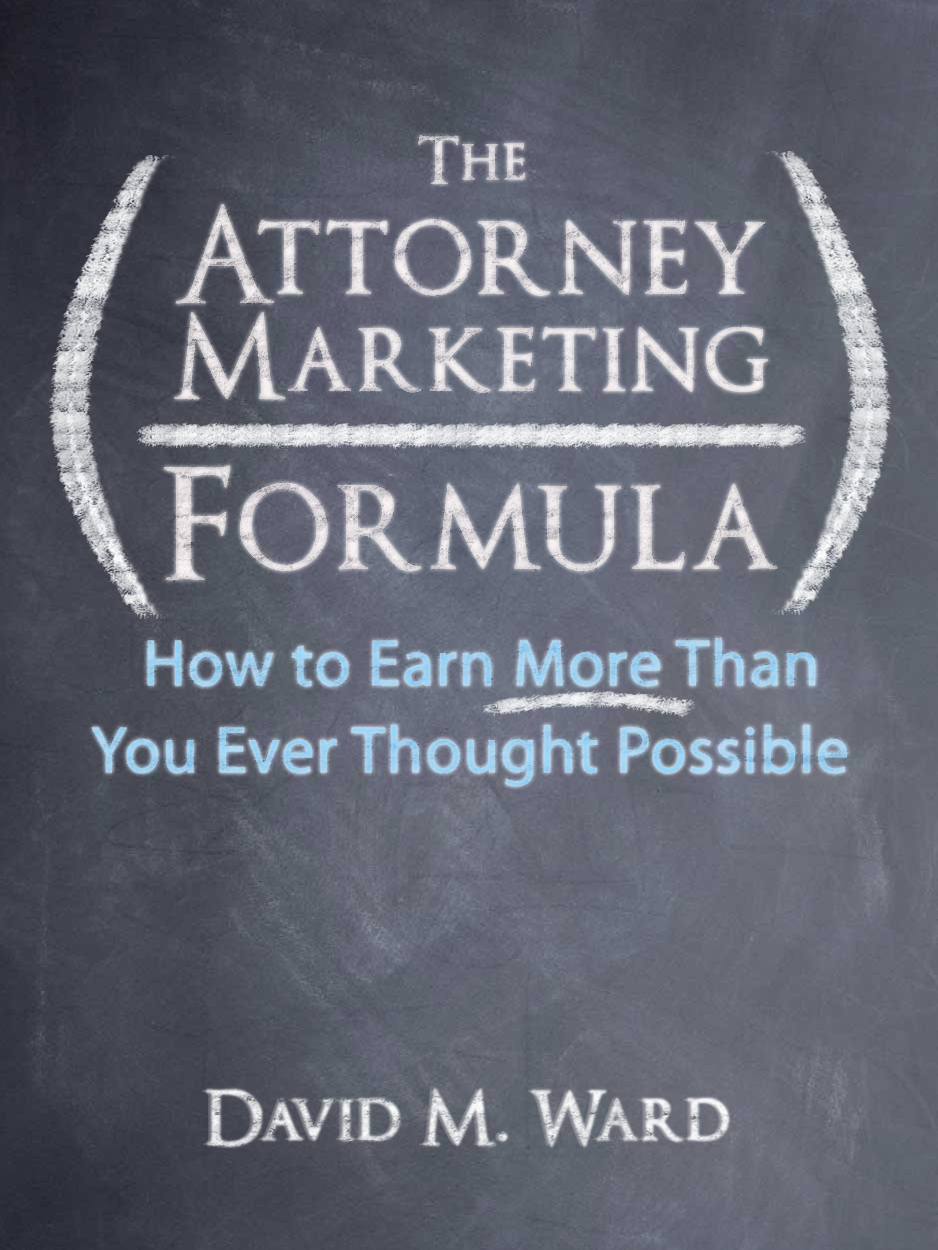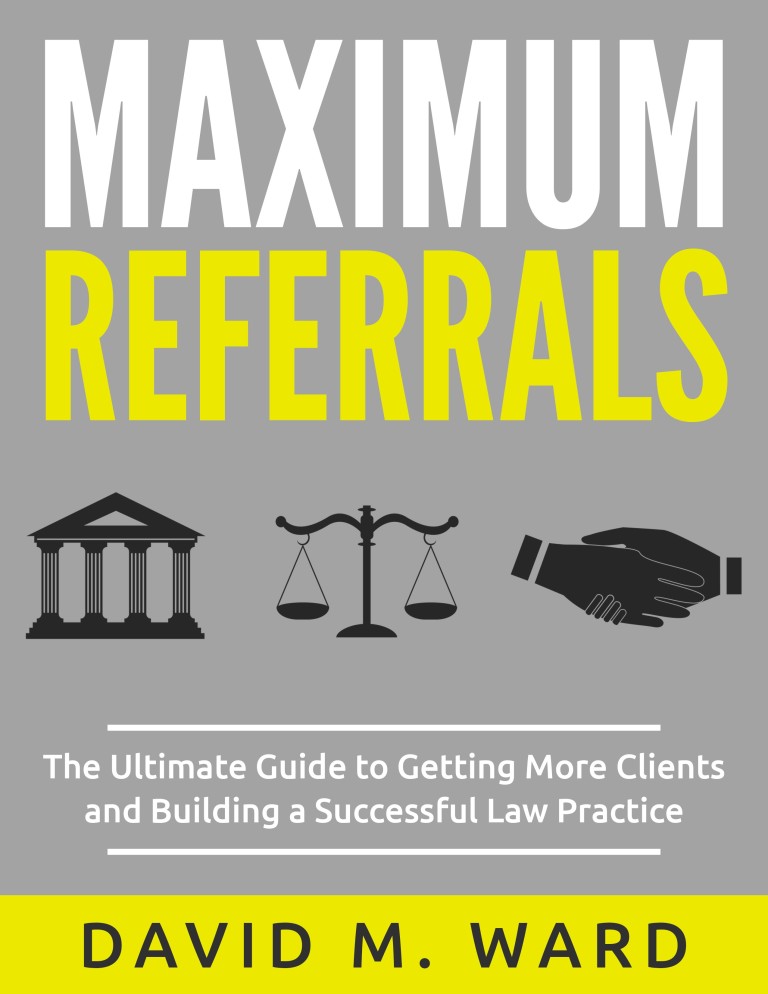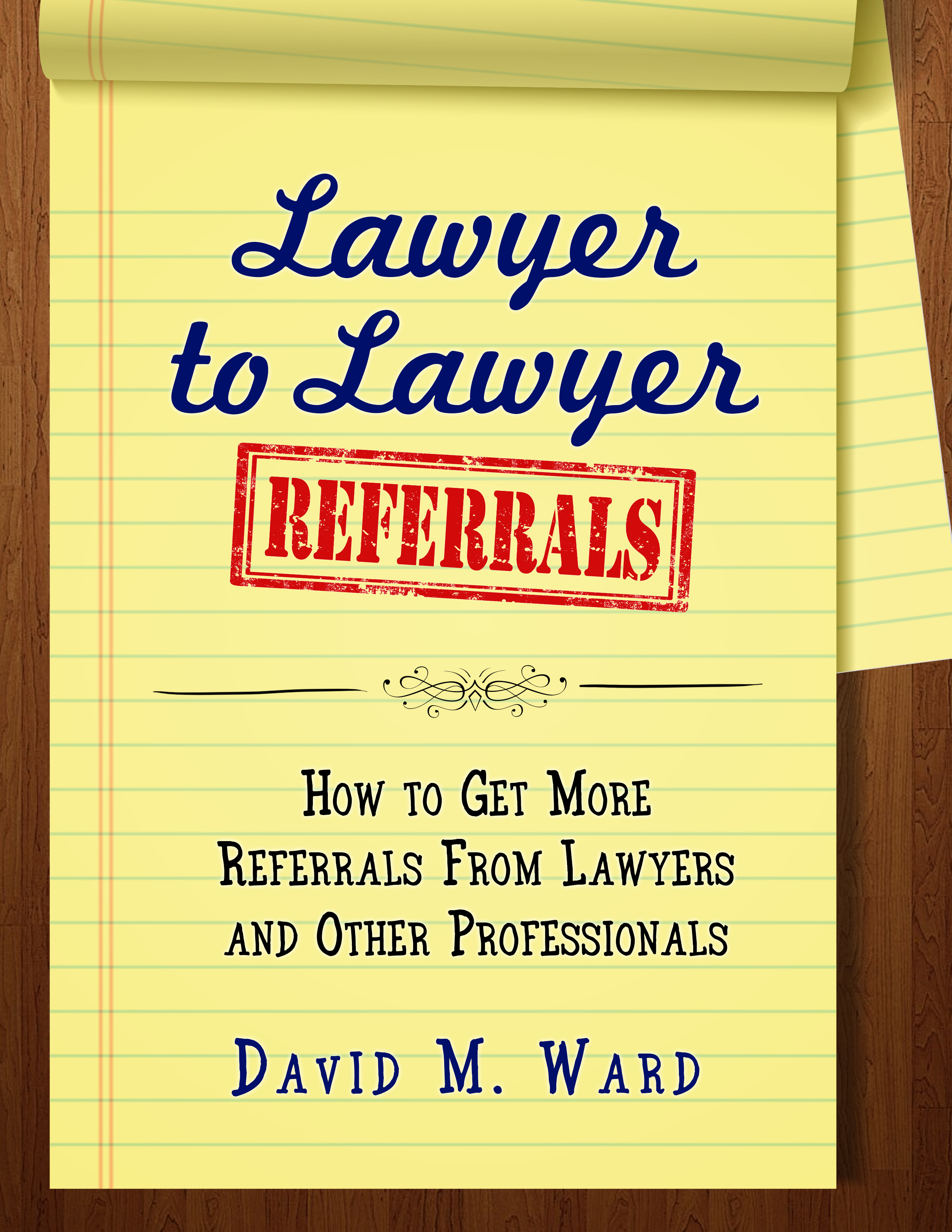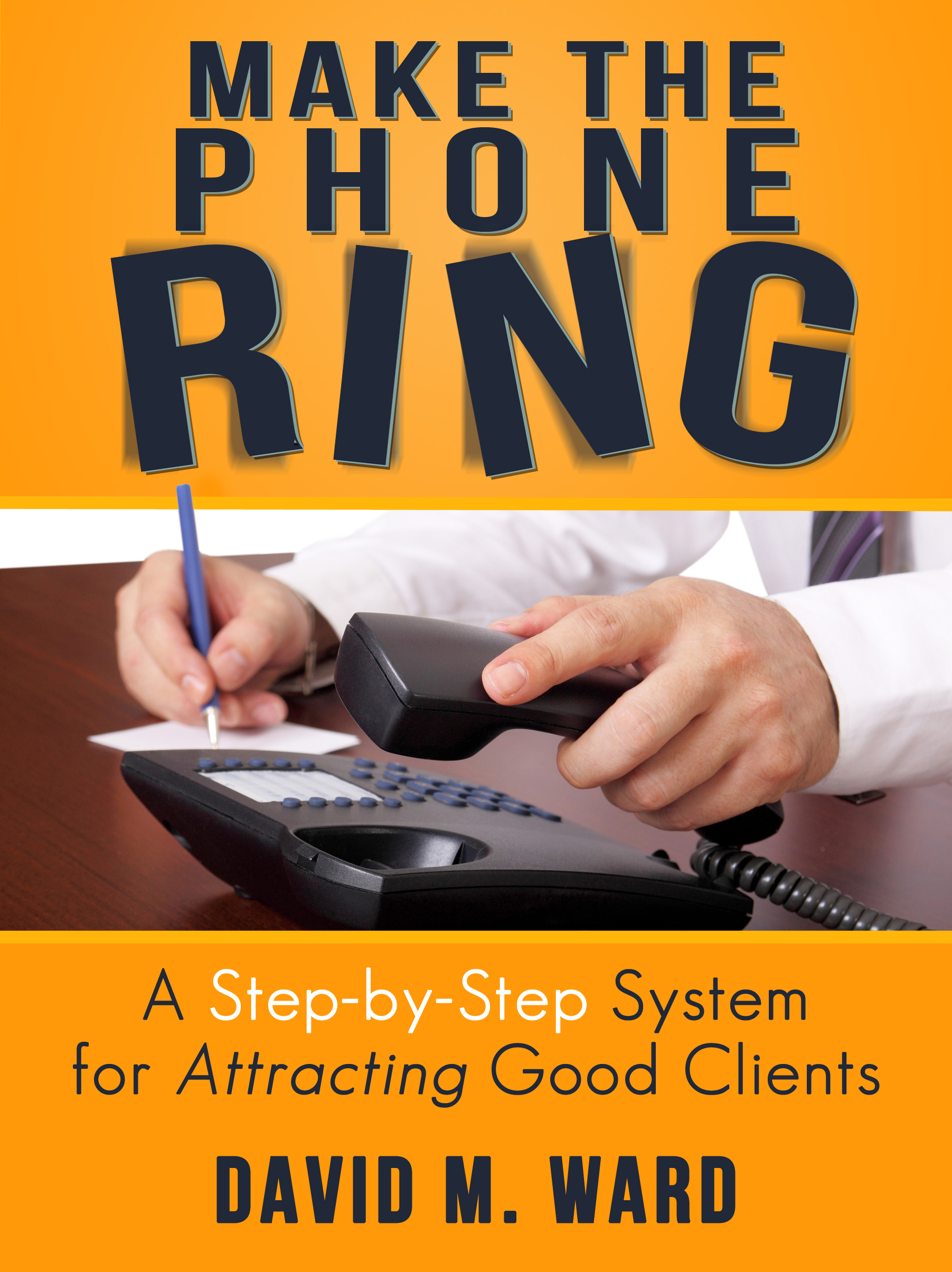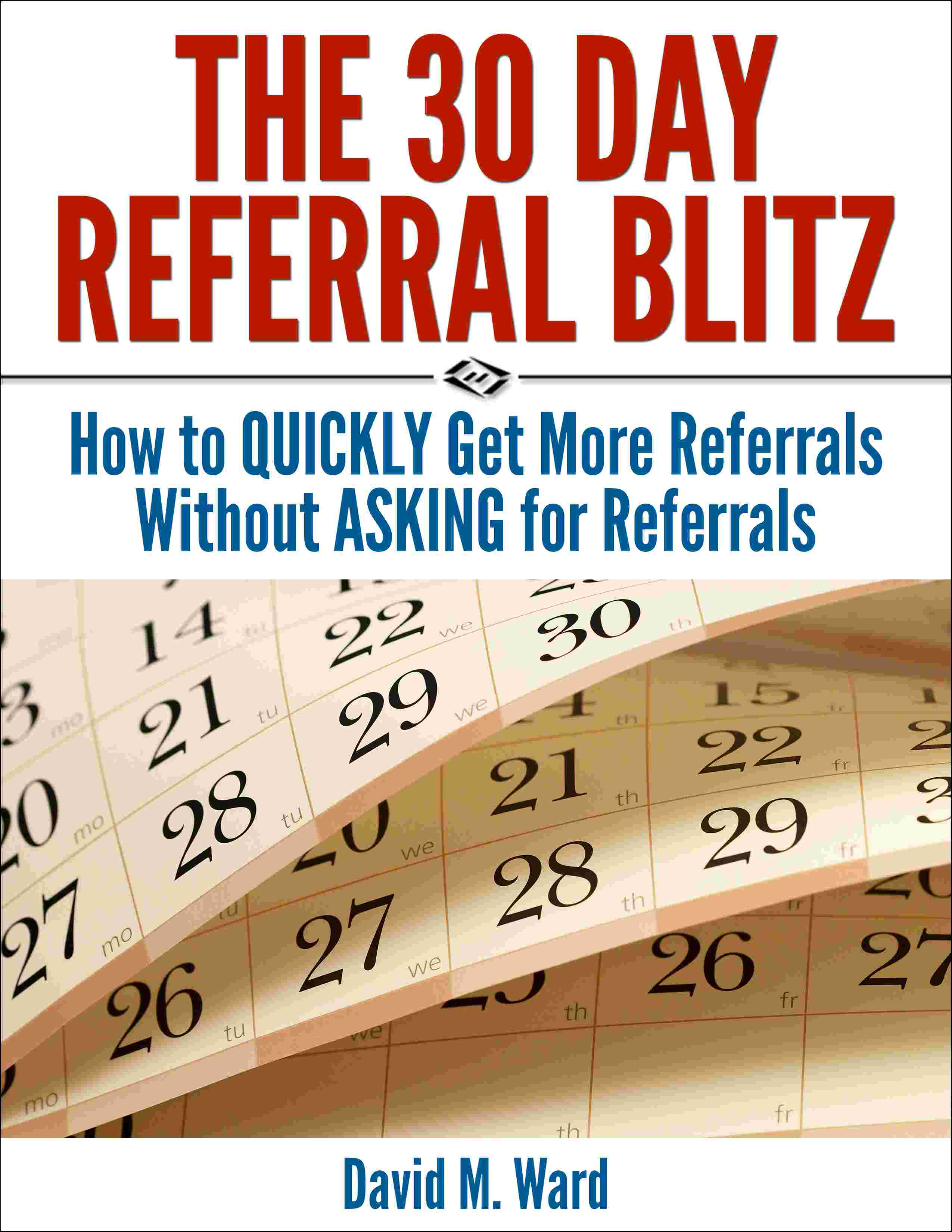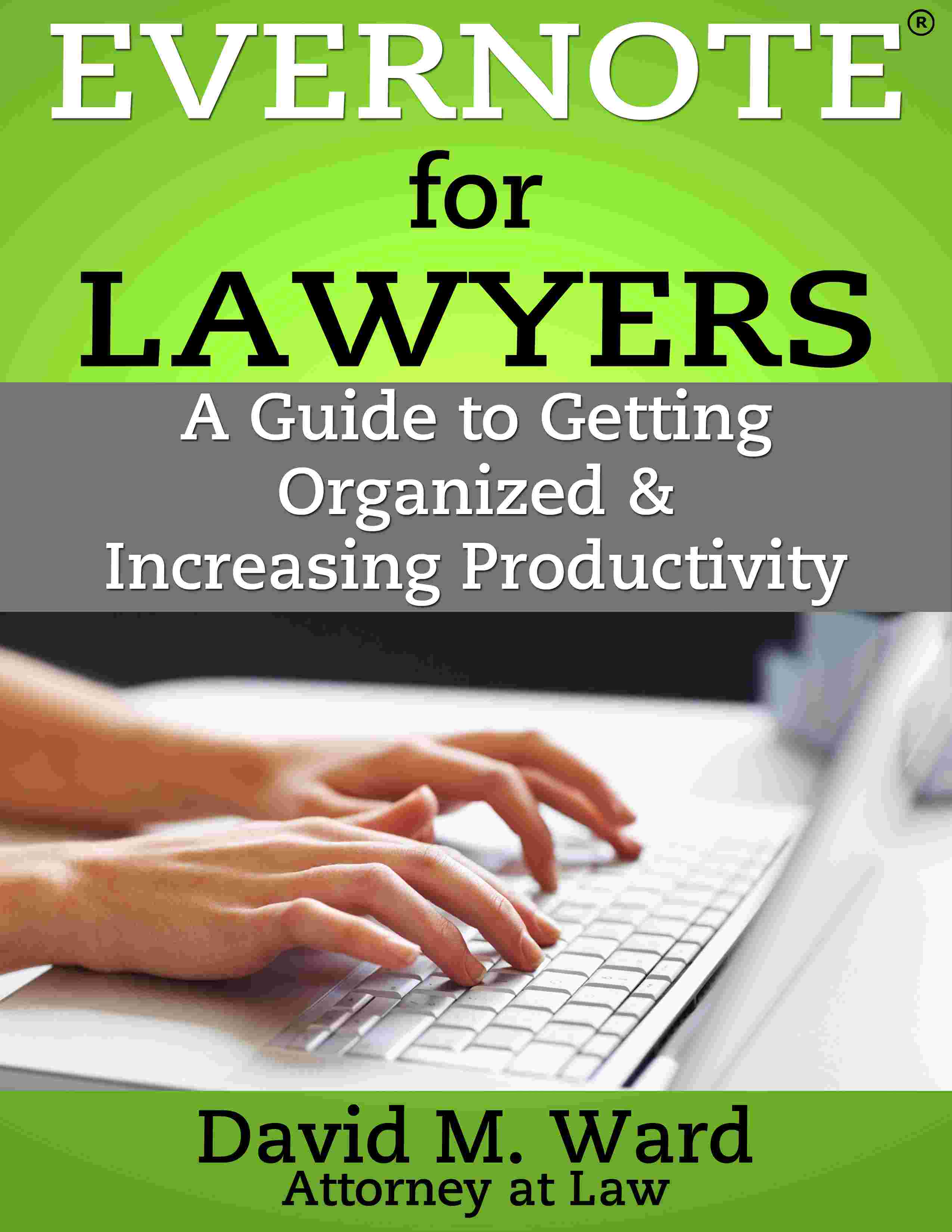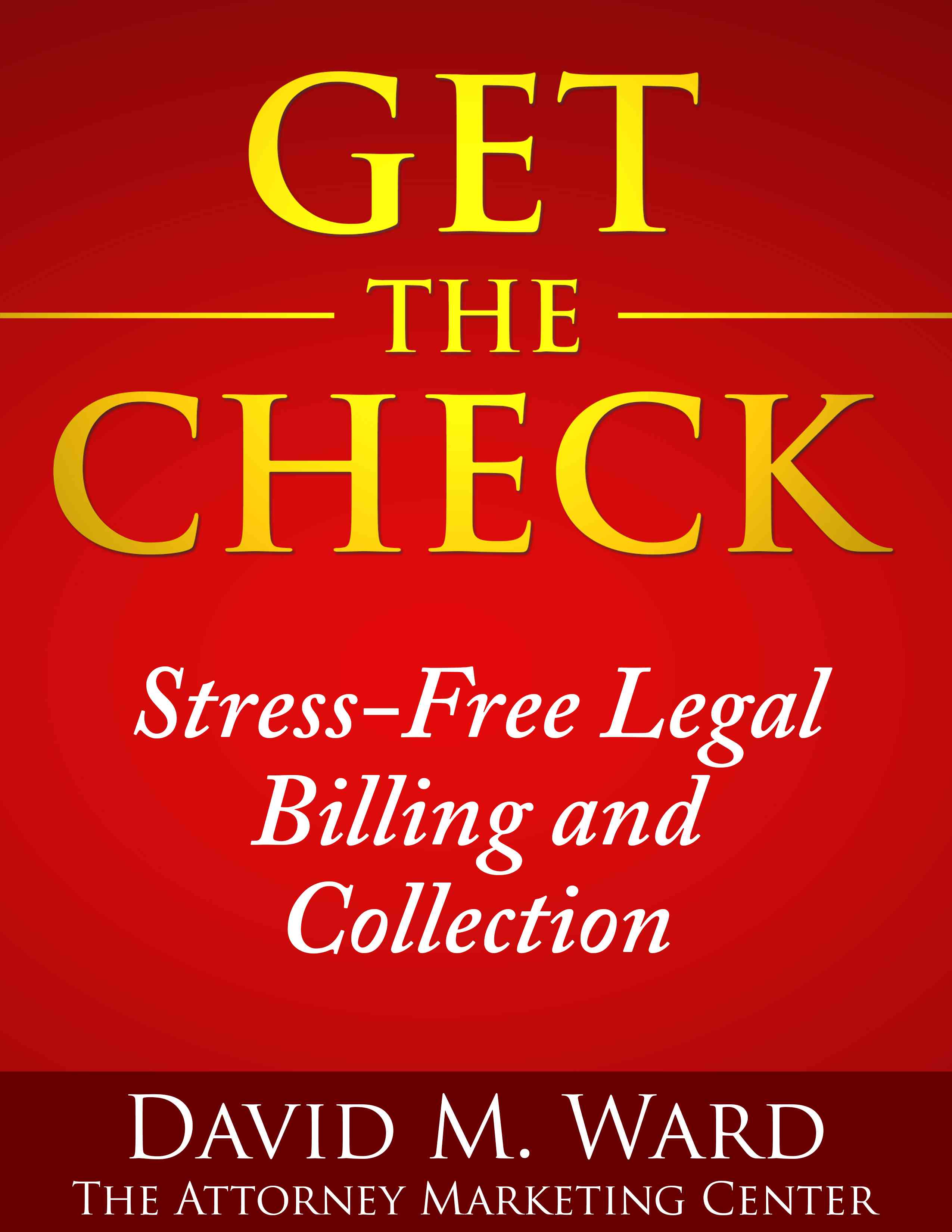You are a storyteller. You tell them to friends, colleagues, clients, and juries. You put them in blog posts, articles, and presentations. You use them to make a point or share a light moment.
Stories are how humans connect with each other. They help us win friends and influence people.
And you need a steady supply of them.
Where do you get them? By keeping your eyes and ears open and noting what other people talk about, write about, and do. You get them by observing your world.
The best stories are usually about things you did or that happen to you because you have an emotional connection with those stories (and the people in them).
You solved a problem, did something new and interesting, or met someone who made an impression. When you share these stories, you help people understand, appreciate, and remember your message.
And you.
When you talk about a troublesome case, for example, you help the reader or listener step into your shoes, see what you saw, and feel what you felt. It’s an effective way of illustrating something important or something you care about and think your audience will, too.
Now, since stories are so valuable, you should create (or expand) the habit of collecting them.
Set up a “story” file and add notes and articles and quotes you might use someday. In addition, take two-minutes at the end of each day and make a note of what you did (or saw or heard) that day.
Who did you speak with? What problems did you solve or work on? What did you see or hear?
Did you sign up a new client? Settle a case? Improve a skill or start learning a new one?
Record your day in a diary or journal. You don’t need to write out the entire story. Just jot down enough details to help you remember it when you want to use it.
Your journal will make you a more effective writer, speaker, and communicator. It will help you win more friends and influence more people.

